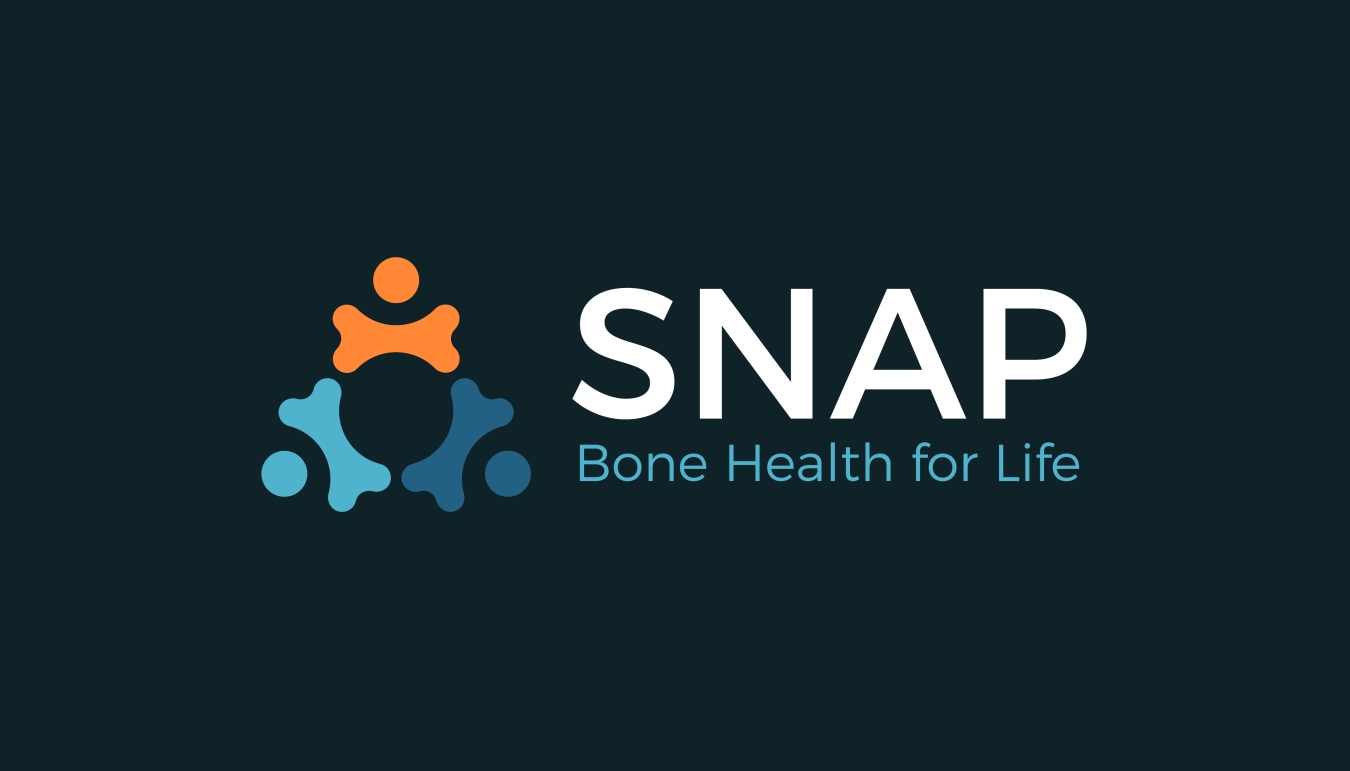Bone Health and Hormones: Understanding the Influence of Hormonal Changes
- byAdmin
- 27 August, 2024
- 20 Mins

Life is characterized by constant change, whether it is our external or internal environment. All cells in our bodies are going through a perpetual cycle of life and death, and bones are no different. In fact, they are far from being the static structures we often mistake them for, constantly changing under the influence of biochemical messengers known as hormones. These hormones play a crucial role in determining bone density, strength, and overall skeletal health.
Calcium Levels Regulating Hormones
Parathyroid Hormone (PTH)
Parathyroid hormone (PTH) is produced by parathyroid glands, present in the neck next to the thyroid gland. It is one of the most important hormones involved in calcium regulation. When blood calcium levels drop, parathyroid hormone is released. It activates bone-dissolving cells called osteoclasts, that break down bone tissue and release the resulting calcium into the bloodstream.1 While it ensures a continuous supply of calcium for vital chemical activities in the body, the bones may weaken over time if calcium intake is not sufficient and dissolved bone is not replenished.
Calcitonin
Calcitonin, on the other hand, plays a role opposite to that of parathyroid hormone. Produced by the thyroid gland, it is released when blood calcium levels rise. It inhibits the activity of osteoclasts, preventing bone dissolution.2 The antagonistic actions of parathyroid hormone and calcitonin are critical to maintaining required calcium levels, which in turn ensures bone health and the smooth functioning of chemical processes of the body.
Adequate levels of Vitamin D are essential to prevent bone diseases such as osteomalacia, osteopenia and osteoporosis in adults and rickets in children. All these conditions cause weaker bones, prone to fractures.
Bone Density Regulating Hormones
Sex hormones, namely Estrogen and Testosterone, play an important role in maintaining bone density and health.
Estrogen
Estrogen, the principal female sex hormone, is an important regulator of bone density in both men and women.3 It discourages bone breakdown while encouraging bone formation, leading to increased bone density. For this very reason, the decline in estrogen levels in women during and after menopause leads to weaker bones and an increased susceptibility to osteoporosis and fractures.4
Testosterone
Likewise, testosterone, the main male sex hormone, promotes bone formation and increases bone density. Men with lower testosterone levels may be at a greater risk of osteoporosis and fractures.5
Bone Growth Promoting Hormones
Growth Hormone and Insulin-like Growth Factor-1
Growth hormone, released from the pituitary gland located at the base of the brain, along with Insulin-like Growth Factor-1, released from the liver, work together to stimulate the growth and activity of osteoblasts (the bone-building cells), promoting bone growth and remodelling.6 Their function is particularly important during the growth spurt in adolescence, though they continue to be essential for bone health throughout adulthood.
Bone Health Promoting Hormone
Vitamin D Hormone
Vitamin D, although commonly known as a vitamin, is often considered a hormone because once produced in the skin under the influence of sunlight, or ingested as food or supplement, it gets converted into calcitriol that acts as a hormone to enhance the absorption of calcium from the gut, playing an important role in maintaining calcium levels and bone health.7 Adequate levels of Vitamin D are essential to prevent bone diseases such as osteomalacia, osteopenia and osteoporosis in adults and rickets in children. All these conditions cause weaker bones, prone to fractures.
References
- Dempster, D. W., et al. (2012). Standardized nomenclature, symbols, and units for bone histomorphometry: A 2012 update of the report of the ASBMR Histomorphometry Nomenclature Committee. Journal of Bone and Mineral Research, 27(1), 2-17.
- Singer, F. R., et al. (2019). Paget's Disease of Bone: An Endocrine Society Clinical Practice Guideline. The Journal of Clinical Endocrinology & Metabolism, 104(12), 5658-5675.
- Cauley, J. A. (2015). Estrogen and bone health in men and women. Steroids, 99, 11-15.
- Lorentzon, M. (2019). Treating osteoporosis to prevent fractures: current concepts and future developments. Journal of Internal Medicine, 285(4), 381-394.
- Mohamad, N. V., Soelaiman, I. N., & Chin, K. Y. (2016). A concise review of testosterone and bone health. Clinical Interventions in Aging, 11, 1317-1324.
- Giustina, A., Mazziotti, G., & Canalis, E. (2008). Growth hormone, insulin-like growth factors, and the skeleton. Endocrine Reviews, 29(5), 535-559.
- Holick, M. F. (2007). Vitamin D deficiency. The New England journal of medicine, 357(3), 266-281.


